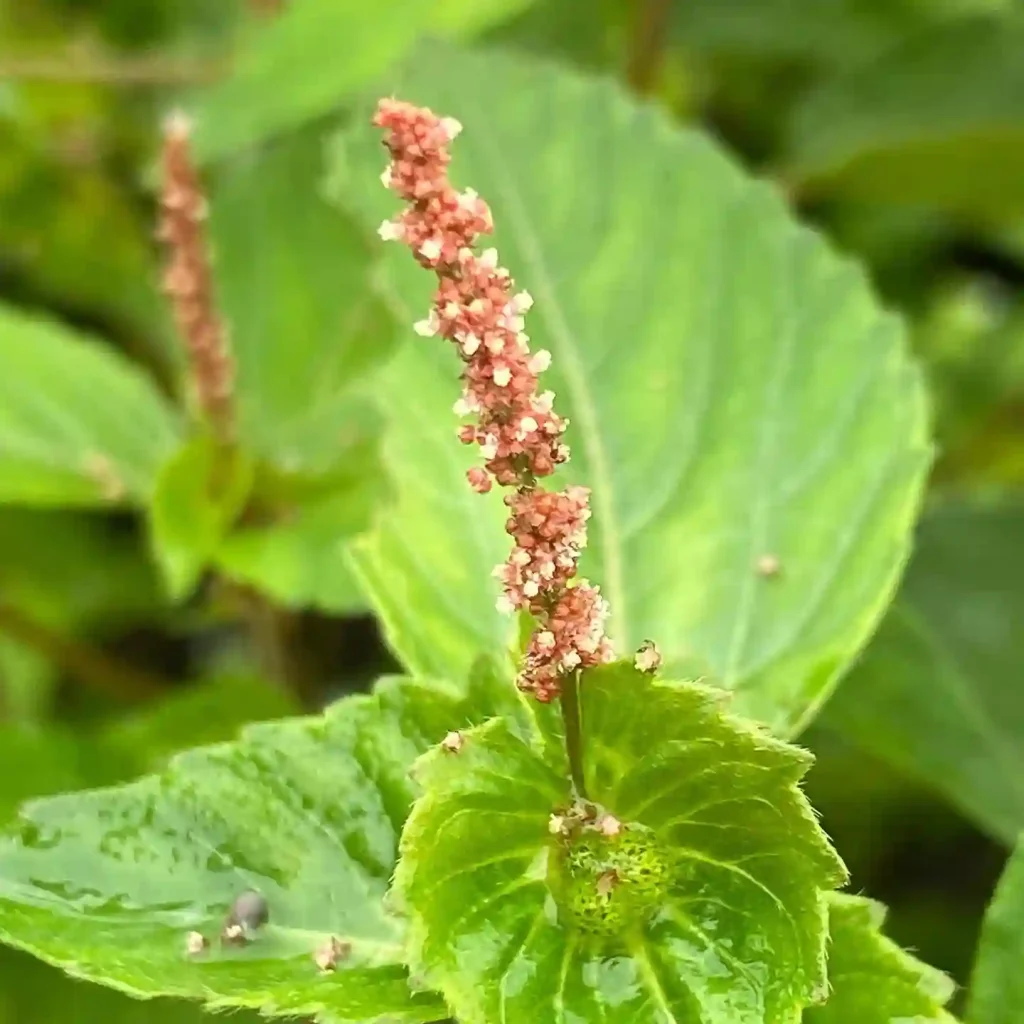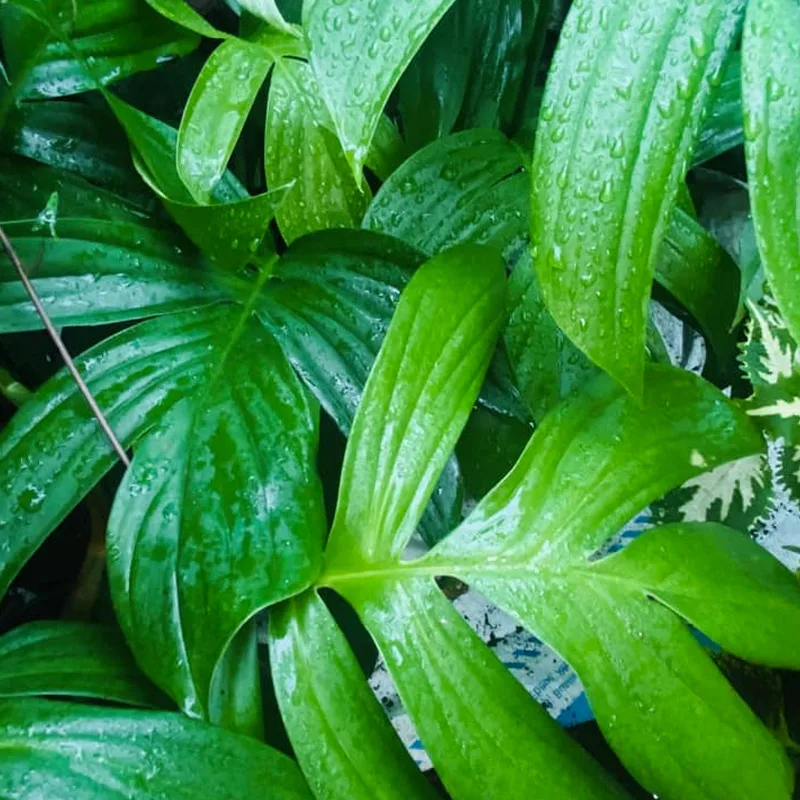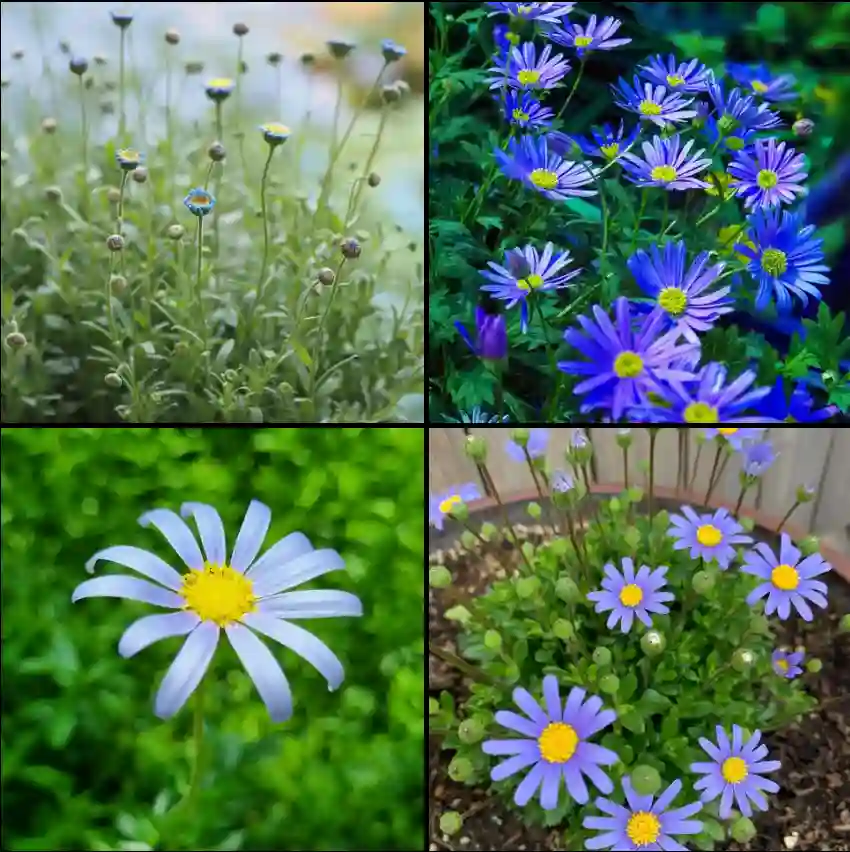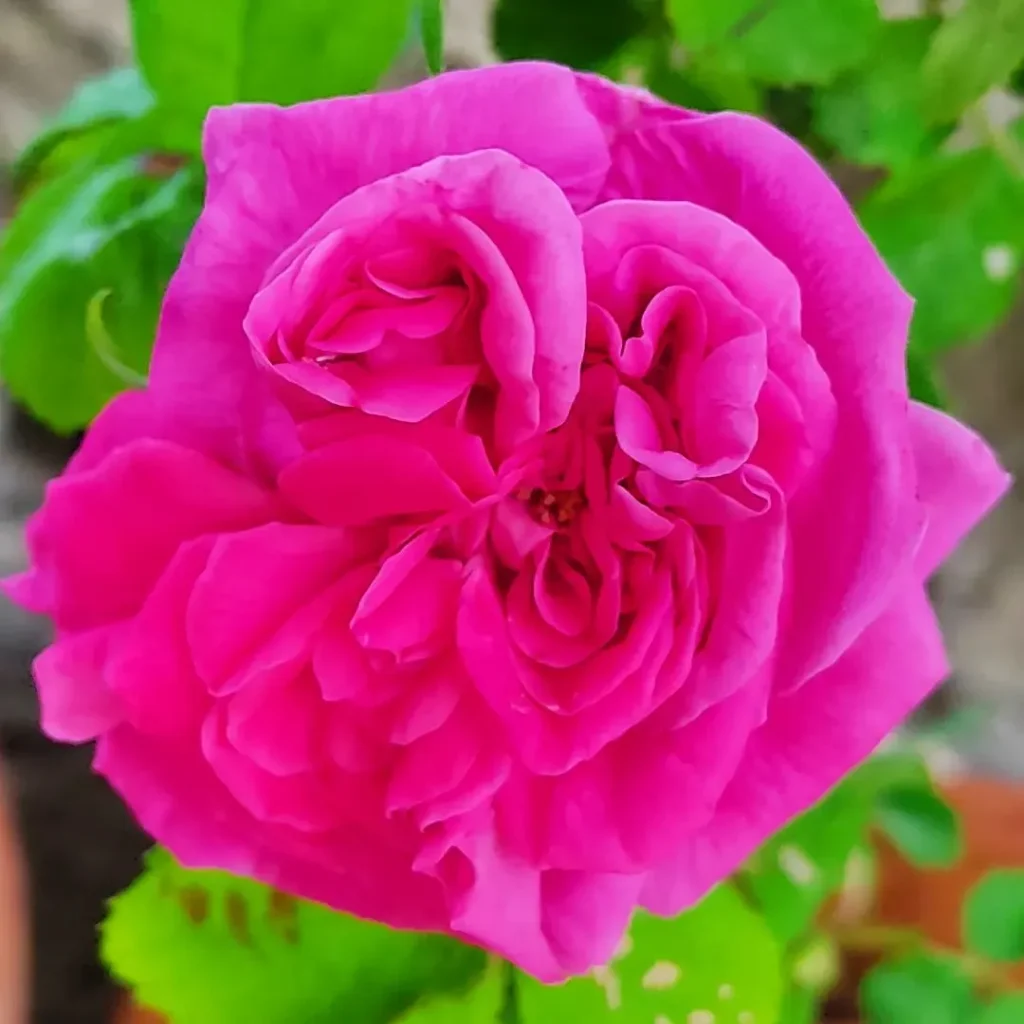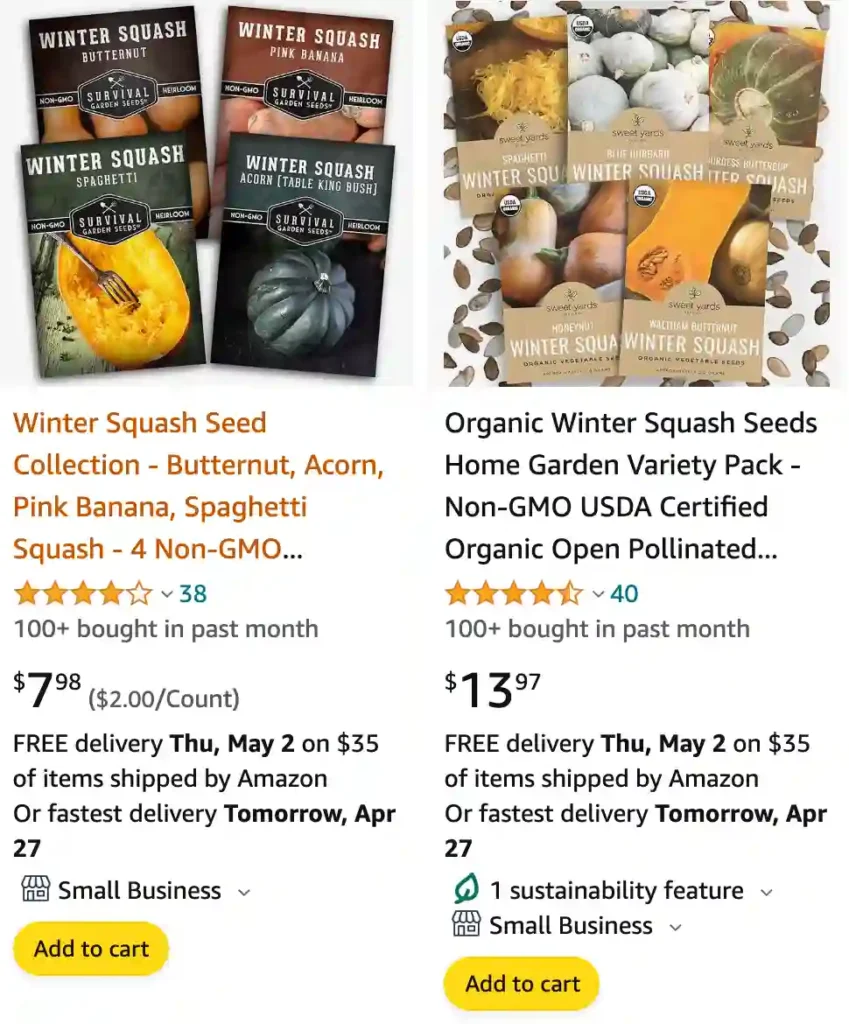
What is winter squash?
Winter squash is one of those seasonal delights that I eagerly anticipate each year as soon as the temperature starts to drop. It’s more than just a vegetable to me; it’s a symbol of cozy evenings and comforting meals. I remember the first time I roasted a butternut squash in my kitchen – the sweet aroma filling the air and the vibrant orange color brightening up the dull winter days. From acorn to kabocha, each variety has its own unique flavor and texture, but they all share that earthy sweetness that makes them perfect for soups, stews, and roasts during the colder months. For me, winter squash is not just a vegetable; it’s a warm hug on a chilly day.
How to cook winter squash?
Cooking winter squash is like unlocking a treasure trove of flavors and textures waiting to be explored. One of my favorite methods is roasting. I preheat the oven, slice the squash in half, scoop out the seeds, and brush it with a bit of olive oil. Then, I sprinkle on some salt, pepper, and maybe a dash of cinnamon or nutmeg for extra warmth and depth of flavor. After that, it’s just a matter of popping it into the oven until it’s tender and caramelized around the edges. Another way I love to enjoy winter squash is by making soup. I sauté some onions and garlic until they’re fragrant, add diced squash, broth, and maybe some herbs like thyme or sage, and let it simmer until everything is soft and melded together. Then, I blend it until it’s velvety smooth and finish it off with a swirl of cream or a sprinkle of toasted pumpkin seeds for garnish. Whether roasted, mashed, or blended into a soup, cooking winter squash is a delicious adventure that always yields satisfying results.
When to plant winter squash?
Planting winter squash is like sowing the seeds of anticipation for the upcoming harvest season. In my experience, timing is crucial for a successful crop. I usually wait until after the danger of frost has passed and the soil has warmed up to around 60°F (15°C) before planting my winter squash seeds or seedlings. Here in my region, that typically means late spring or early summer. I like to choose a sunny spot in the garden with well-drained soil and plenty of space for the vines to spread out. I gently sow the seeds or transplant the seedlings, making sure to give them enough room to grow and thrive. Then, it’s just a matter of keeping them watered, weeded, and nurtured throughout the growing season until it’s time to harvest those beautiful, ripe squash in the fall.
When to pick winter squash?
Knowing when to pick winter squash is like finding the sweet spot between ripeness and readiness. In my experience, it’s best to wait until the squash has reached its full maturity on the vine before harvesting. Typically, this means waiting until the skin has hardened and developed a deep, rich color. I like to gently press my fingernail into the skin; if it leaves a mark, the squash isn’t quite ready yet. However, if the skin feels firm and resists indentation, it’s likely ripe for picking. Another indicator is the stem – when it starts to dry out and turn brown, it’s a sign that the squash is ready to be harvested. I usually aim to harvest my winter squash before the first frost hits, usually in late summer or early fall, to ensure they’re at their peak flavor and quality. Once harvested, I store them in a cool, dry place where they can continue to ripen and develop their flavors until I’m ready to enjoy them in my favorite recipes throughout the winter months.
How to freeze winter squash?
Freezing winter squash is like preserving a taste of the season to enjoy all year round. I start by washing the squash thoroughly and then slicing it open to remove the seeds and pulp. Then, I cut the squash into manageable pieces, whether cubes or slices, depending on how I plan to use it later. Next, I blanch the pieces in boiling water for a couple of minutes, just enough to stop the enzymes that can cause the squash to deteriorate in the freezer. After blanching, I quickly transfer the pieces to an ice bath to cool them down and stop the cooking process. Once they’re cool, I pat them dry and spread them out on a baking sheet in a single layer to freeze them individually. Once frozen solid, I transfer the pieces to freezer bags or containers, making sure to remove as much air as possible before sealing. Then, it’s just a matter of popping them into the freezer, where they’ll be ready and waiting whenever I need a taste of winter squash, even in the heat of summer.
When to plant winter squash zone?
Determining the best time to plant winter squash depends on your specific gardening zone. In my experience, it’s crucial to consult the USDA Plant Hardiness Zone Map or a local gardening resource to identify your zone accurately. Once you know your zone, you can plan your planting schedule accordingly. Generally, in zones with shorter growing seasons, such as zones 3 to 6, it’s best to plant winter squash seeds or seedlings after the last frost date in spring, when the soil has warmed up sufficiently. In zones with longer growing seasons, like zones 7 to 10, you may have more flexibility and can plant earlier in the spring. Regardless of your zone, providing your winter squash with warm soil, ample sunlight, and proper spacing will help ensure a successful harvest when the time comes.
Are pumpkins winter squash?
Yes, pumpkins are indeed a type of winter squash! They belong to the Cucurbita genus, which also includes other varieties of winter squash like butternut, acorn, and hubbard squash. While pumpkins are often associated with autumn decorations and holiday festivities, they share many characteristics with other winter squash varieties. Pumpkins typically have a thick, hard skin and sweet, flavorful flesh, making them perfect for both savory and sweet dishes. Whether roasted, pureed into soups, or baked into pies, pumpkins are a versatile and delicious addition to any meal, just like other winter squash varieties.
Can dogs have winter squash?
While winter squash is generally safe for dogs to eat in moderation, it’s essential to prepare it properly and take precautions. Winter squash, such as pumpkin, can actually be beneficial for dogs in small amounts due to its fiber content, which can aid in digestion. However, it’s crucial to feed them plain, cooked squash without any added spices, sugars, or other ingredients that could be harmful to dogs. Additionally, too much squash at once could potentially cause digestive upset or diarrhea in some dogs, so it’s best to introduce it gradually and monitor their reaction. As always, it’s a good idea to consult with your veterinarian before introducing any new foods to your dog’s diet, especially if they have any underlying health conditions or dietary restrictions.
Can you eat winter squash raw?
While technically you can eat some varieties of winter squash raw, it’s generally not recommended for several reasons. Firstly, the texture and flavor of raw winter squash can be quite unpleasant and may not be enjoyable to eat. Additionally, some varieties of winter squash contain compounds called cucurbitacins, which can cause digestive upset or even toxicity when consumed in large quantities. Cooking winter squash not only enhances its flavor and texture but also helps to break down these compounds, making it safer and more palatable to eat. Therefore, it’s best to cook winter squash by roasting, steaming, or sautéing it before consuming it to ensure both safety and enjoyment.
Can you eat winter squash seeds?
Yes, you can absolutely eat winter squash seeds! In fact, they’re not only edible but also nutritious and delicious when prepared properly. After scooping them out of the squash, you can rinse the seeds to remove any remaining pulp and then roast them for a tasty snack. Simply toss the seeds with a bit of olive oil and your choice of seasonings, such as salt, pepper, garlic powder, or even cinnamon and sugar for a sweet treat. Spread them out on a baking sheet and roast them in the oven until they’re golden brown and crispy. Roasted winter squash seeds make for a crunchy and satisfying snack packed with protein, healthy fats, and other nutrients.
If i die, water my plants!
